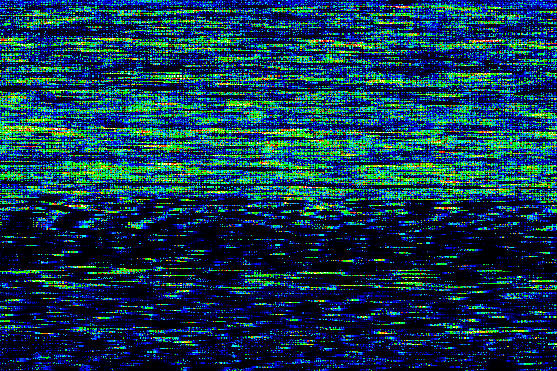 Mitochondrial DNA Analysis
Using the Affymetrix MitoChip
Mitochondrial DNA Analysis
Using the Affymetrix MitoChip
Participants: Peter M. Vallone, John P. Jakupciak, and Michael D. Coble
Project Timeframe: October 2005 to present
Purpose: In the field of forensic DNA testing, coding region polymorphisms in the mitochondrial genome can be useful for resolving individuals who have the identical HV1 and HV2 control region sequence. Sequencing regions of the mitochondrial genome is performed when insufficient genomic DNA is present for traditional autosomal short tandem repeat (STR) testing. Various methods and strategies have been established to interrogate coding region polymorphisms. These range from SNP assays probing sites most likely to differentiate individuals based on their HVI/HVII sequence to the use of mass spectrometry to pyrosequencing. We are currently evaluating the potential of the Affymetrix GeneChip Mitochondrial Resequencing Array (ver 2.0) for forensic applications. The GeneChip Mitochondrial Resequencing Array is a means to perform full genome sequencing on an array-based platform. The amount of DNA needed for the resequencing array is much greater than that required for autosomal DNA typing (1 ng versus 10-30 ng). Because of this relatively high sample requirement the array may have limitations for running a limited quantity of casework sample. However the platform should have utility in running family reference samples for the elucidation of SNPs that will help resolve individuals. These array-determined polymorphisms found in reference sample can then be probed in the limited casework sample.
Progress: A set of 10 U.S. Caucasian samples found to contain the same control region sequence by traditional fluorescent sequencing were run on the GeneChip platform. The reproducibility of GeneChip experiments was evaluated by running samples in triplicate for two of the samples. A sensitivity study was also conducted in which a dilution series of 10 ng down to 0.3 ng of template DNA (nuclear) was amplified for the array experiments. Two challenging samples were also examined to test the array’s ability to successfully call a relatively large number of sequence differences (46 and 63 respectively) compared to the revised Cambridge Reference Sequence. All results were compared to traditional dideoxy fluorescent full genome sequencing experiments. All 10 U.S. Caucasian samples were fully resolved after comparing coding region sequence data from the GeneChip. A typical array experiment resulted in approximately 95% sequence coverage (the remainder being Ns or no calls). Comparisons between the GeneChip and traditional sequencing indicated the array platform had difficulty calling insertions and deletions as well as some closely spaced polymorphisms. At this time the mitochondrial resequencing array method requires more input DNA in contrast to traditional sequencing or even STR analysis. However, the array may find utility in full genome sequencing of family reference samples. Unique polymorphisms elucidated by the array can then be sequenced by traditional sequencing methods or typed using an appropriate SNP assay.
Publications or Presentations Resulting From This Project:
Vallone, P.M., Jakupciak, J.P., Coble, M.D. (2007) Forensic application of the Affymetrix human mitochondrial resequencing array. FSI Genetics 1:196-198.
Peter Vallone presentation at DNA in Forensics 2006 (Innsbruck, Austria), September 29, 2006, "Forensic Application of the Affymetrix Human Mitochondrial Resequencing Array"
Peter Vallone presentation at 59th Annual Meeting of the American Academy of Forensic Sciences (San Antonio, TX), February 23, 2007, "Forensic Application of the Affymetrix Human Mitochondrial Resequencing Array"
Peter Vallone presentation at the Mid-Atlantic Association of Forensic Scientists annual meeting (Washington, DC), May 24, 2007, "Forensic Application of the Affymetrix Human Mitochondrial Resequencing Array"
[Return to NIJ Projects page] [Return to STRBase]
Last updated: 07/10/2007
Disclaimer: This project was supported by National Institute of Justice Grant Number 2003-IJ-R-029, which is an interagency agreement between NIJ and the NIST Office of Law Enforcement Standards, awarded by the National Institute of Justice, Office of Justice Programs, US Department of Justice. Points of view in this document are those of the authors and do not necessarily represent the official position or policies of the US Department of Justice. Certain commercial equipment, instruments and materials are identified in order to specify experimental procedures as completely as possible. In no case does such identification imply a recommendation or endorsement by the National Institute of Standards and Technology nor does it imply that any of the materials, instruments or equipment identified are necessarily the best available for the purpose.